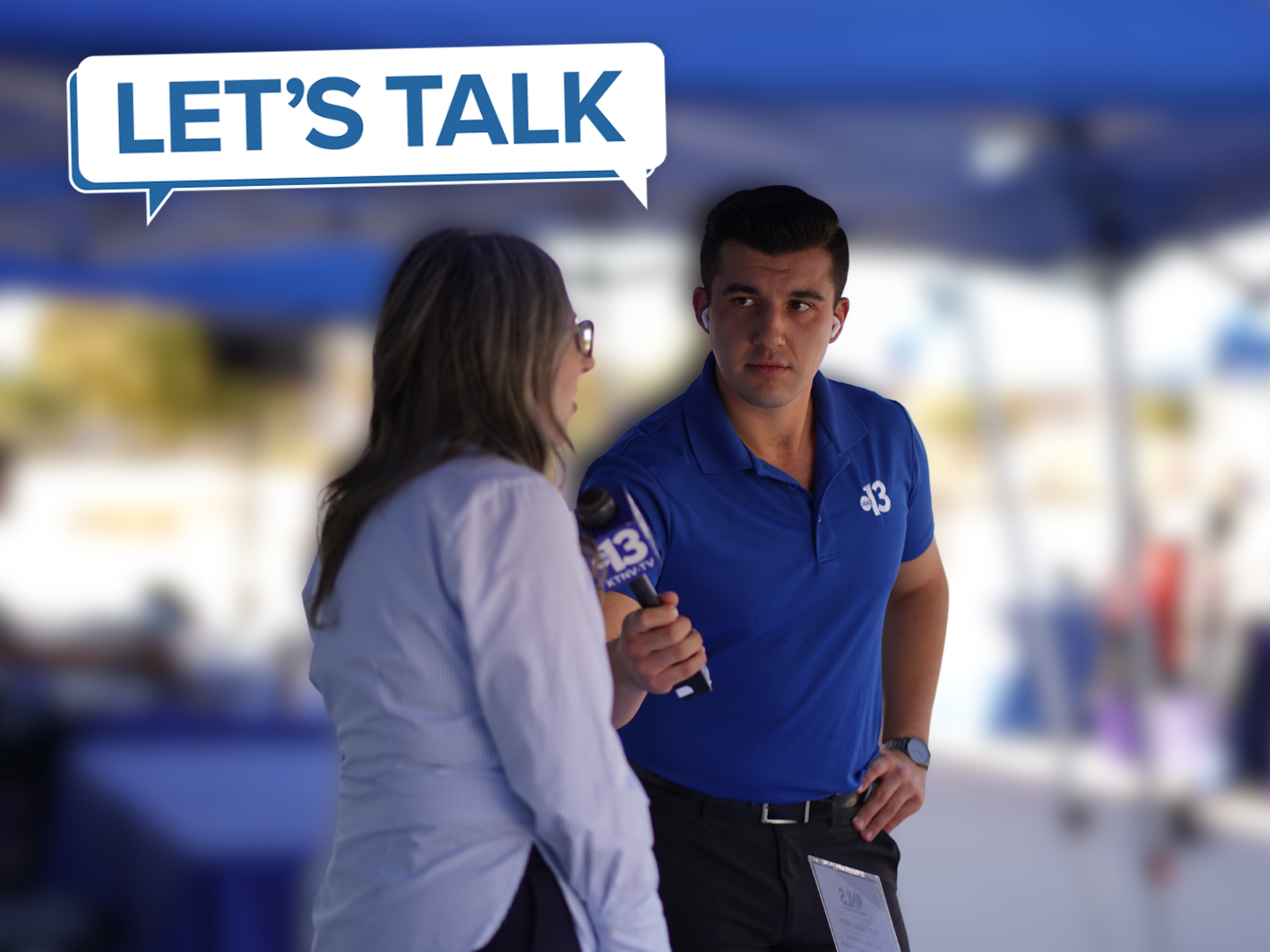After a mild spring, it may be a shock to the system when temperatures are headed toward a possible recording-breaking 100-degree mark this week.
Valley Health System urges all Southern Nevada residents to protect their health by reading the following heat safety tips, and learning the signs of heat illness.
13 HELPS | Coronavirus Resource Guide
SAFETY TIPS
- Protect your skin. Wear hats or use umbrellas to fend off the harsh sun rays. Replenish sunscreen to avoid sunburns. Be sure to apply sunscreen to scalps, tips of ears, tops of feet and whatever your clothes or bathing suit doesn’t cover. Don’t forget the back of your neck, arms and legs.
- Schedule hydration breaks throughout the day. When playing outdoors, it’s important to take water breaks every 20 to 30 minutes. Because our perspiration evaporates so quickly in Southern Nevada, we may not be aware of our water loss, so set the alarm on your phone to remind you to take a drink. Always bring extra water when running errands.
- Think before you drink. Water is the best source to rehydrate your body and, if you are actively exercising, sports beverages can help replace the salt and minerals lost during exercise. Alcohol and soda can dehydrate the body, so sip those in moderation during the summer months. Take advantage of water-based foods such as watermelon, cucumbers, zucchini and tomatoes to keep hydrated.
COMPLETE CORONAVIRUS-RELATED COVERAGE
SIGNS AND SYMPTOMS OF HEAT ILLNESS
Heat exhaustion:
- muscle cramping
- heavy sweating
- weakness
- cold, pale and clammy skin
- a fast but weak pulse
- nausea or vomiting
What to do: immediately take steps to cool down the body and if they don’t feel better, seek immediate medical attention.
Heat stroke
- a body temperature above 103 degrees
- hot, red, dry or moist skin
- a rapid and strong pulse
- possible unconsciousness
What to do: Immediate medical attention required. Call 911. Take steps to cool the body but do not give the person fluids.


